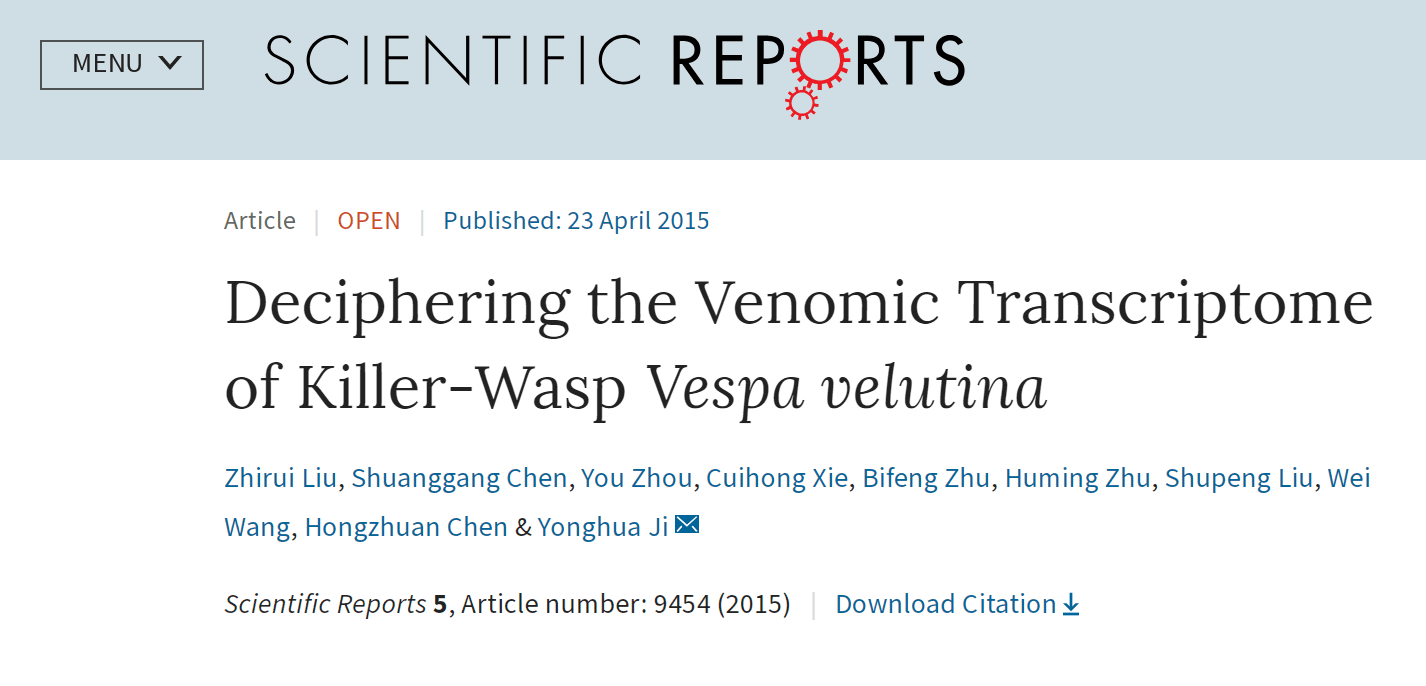
Abstract:
Wasp stings have been arising to be a severe public health problem in China in recent years. However,molecular information about lethal or toxic factors in wasp venom is extremely lacking. In this study, we used two pyrosequencing platforms to analyze the transcriptome of Vespavelutina ,themostcommonwasp species native in China. Besides the substantial amount of transcripts encoding for allergens usually regarded as the major lethal factor of wasp sting, a greater abundance of hemostasis-impairing toxins and neurotoxinsinthevenomof V.velutina ereidentified,implying that toxicreactions and allergic effects are envenoming strategy for the dangerous outcomes. The pattern of differentially expressed genes before and after venom extraction clearly indicates that the manifestation of V. velutina stings depends on subtle regulations in the metabolic pathway required for toxin recruitment.This comparative analysis offers timely clues for developing clinical treatments for wasp envenoming in China and around the world.
原文索引:
Zhirui Liu, Shuanggang Chen, Yonghua Ji, et al. (2015) Deciphering the Venomic Transcriptome of Killer-Wasp Vespa velutina, Sci. Rep. 5, 9454; DOI:10.1038/srep09454.
文章鏈接:
http://www.nature.com/srep/2015/150410/srep09454/full/srep09454.html





















